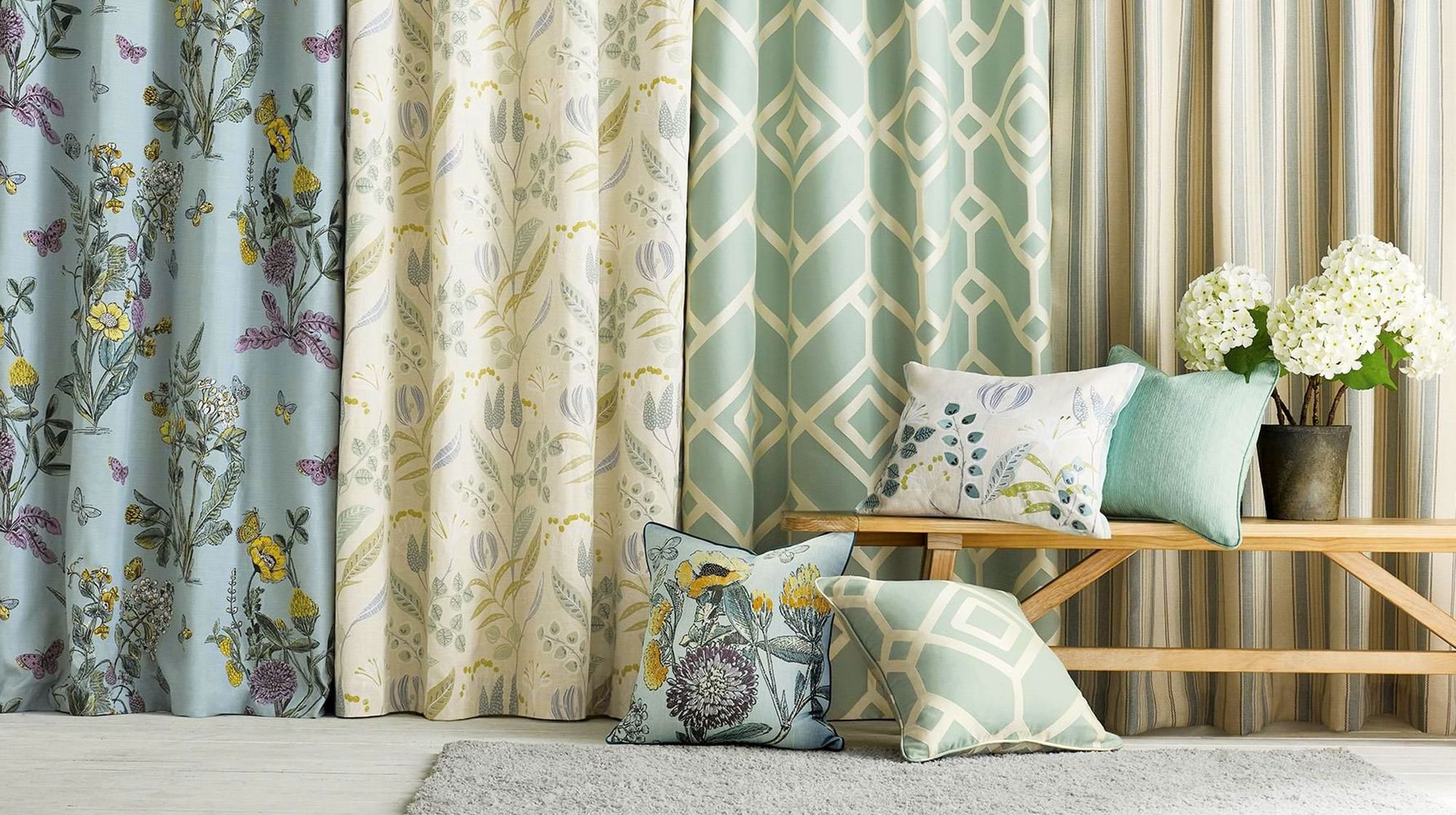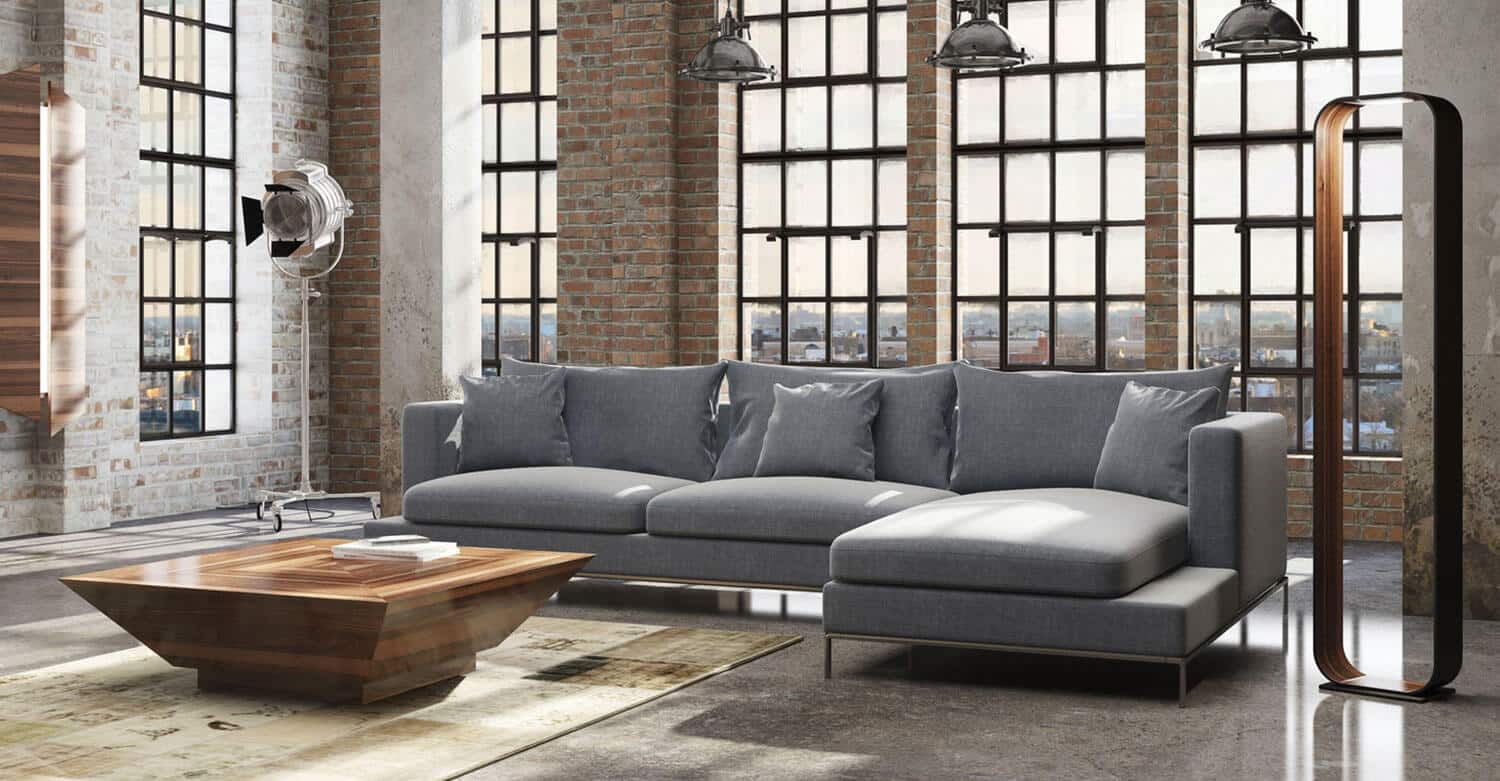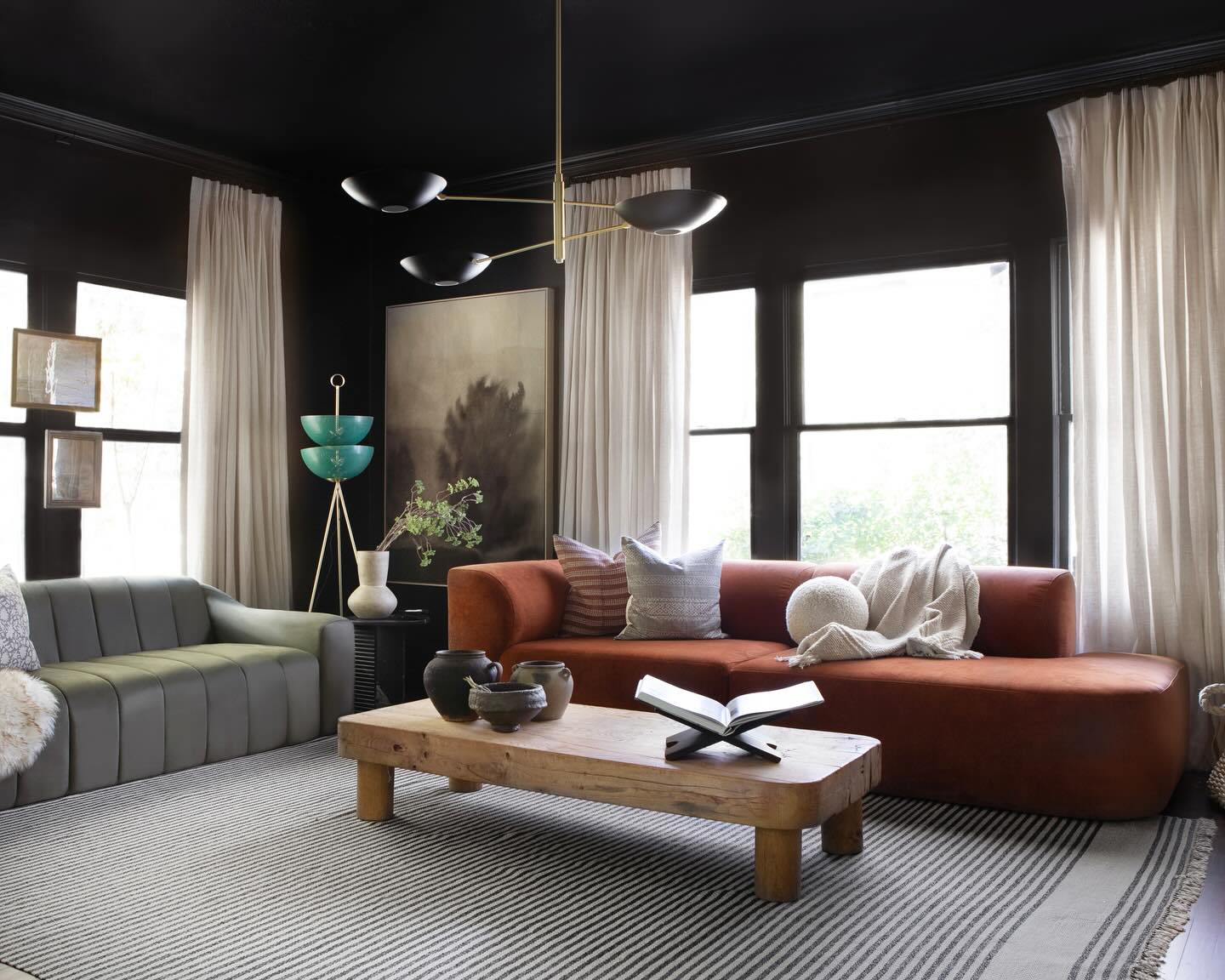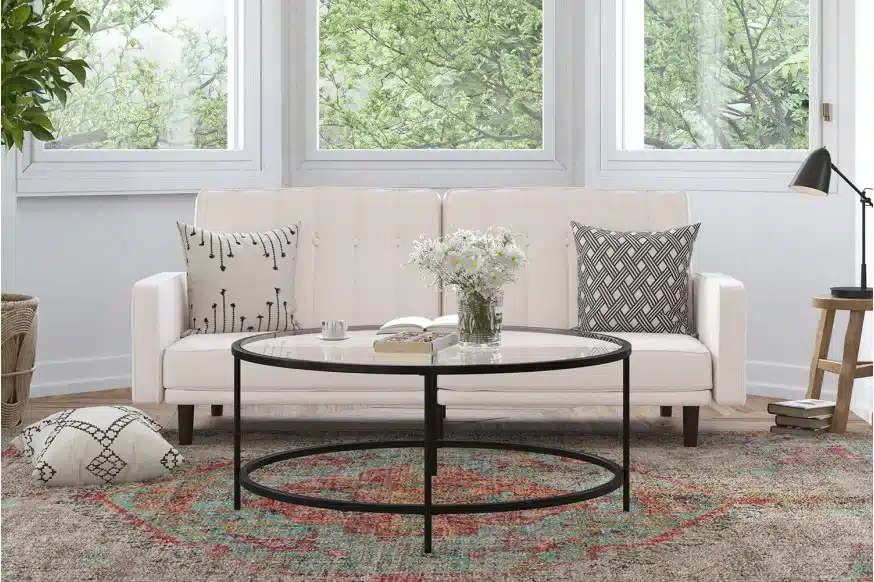A simple guide to window treatment fabrics and materials. Read below to get a better idea of what window curtains to choose.
In any interior, little things are important. A couple of seemingly insignificant details can completely change the impression of a room. And the right material for window curtains in the house is one of those things. They will decorate your home and complement the design. Do not forget that windows treatment is an excellent tool for working with lighting in a home: by carefully choosing the color, density, and material for the curtains, you can make the room visually more spacious, or vice versa, zone the room. But with today’s abundance of varieties of materials, colors, and other options, it can be difficult. How to choose a fabric for curtains, how do they differ, and why you should not hang silk tulle in the kitchen?
First of all, it should be clarified that any materials for window curtains are divided into two types: curtain and sheer curtains (or tulle). The difference in the density of the fabric. Drapery was used in the design of rooms many centuries ago but it was originally intended to protect from the bright sun or cold drafts, so they are denser, the material is heavier. Tulle, respectively, exclusively, is completely weightless, translucent, often performing a decorative function. In recent years, curtain materials have been increasingly treated with chemicals that increase resistance to moisture, direct sunlight, fire, and static electricity generation.
PRINT FABRICS
Currently, there is a huge range of materials for curtains available and both natural and synthetic fabrics can be found. They differ in density, fade resistance, and, of course, in appearance and texture.
- One of the most popular natural materials is linen. It will perfectly complement light interiors, as it is most often made in natural shades: milky, light gray, beige. This is in perfect harmony with the specific texture of the linen fabric. The advantages of such curtains are, of course, the appearance, since they themselves can become a visual accent due to the special weaving of fibers. They are also resistant to fading and durability, so they can last many years with proper care. Impurities are easily removed from them, but there are also disadvantages. The very “proper care” that they require is a certain temperature of the water during washing, and the need to iron them immediately after, as the linen material can shrink. To avoid this, you should wash them at low temperatures, ideally using special products. But flax compensates for all this with increased resistance to both mechanical stress and sunlight.
- Another natural material with similar properties is cotton. It is easier to dye than linen, so it can be an excellent balance in choosing between the natural design of a room and the desire to add a visual accent to the design. Cotton also requires specific care, however, to a lesser extent than linen. Cotton curtains are more susceptible to sunlight, so they are often made with multiple layers of lining.
- Previously, velvet was exclusively natural, but now synthetic versions are also appearing. It is a heavy and dense fabric. Perfect for the bedroom due to the fact that it does not let sunlight in. During the day it will look good with grabs since velvet can be draped easily and effectively. It also requires compliance with the rules of washing, dries for a long time after it. There are types of velvet of different density and weight properties. Such curtains should be chosen with care, because they are often a bright accent in the interior, thanks to which they perfectly complement the Gothic or Baroque style in the design.
- Silk can also be natural or synthetic. It is a lightweight fabric, pleasant to the touch and visually. It is distinguished by shine and smoothness, even artificial silk looks amazing, therefore it will become an elegant decoration of the room. The main disadvantages are the price and exacting care. Silk does not tolerate direct sunlight very well. It loses its appearance very quickly under mechanical stress. It requires compliance with the temperature of the wash. It is better to choose silk for decorative curtains, as part of the decoration. It is quite easily soiled, so it is worth minimizing contact with it and keeping it away from sources of pollution – for example, from the stove in the kitchen or the hood nearby.
- Black-out curtains are made of two or three layers of material that do not allow light, heat, and sound to pass through. Ideal for a bedroom or a study room. They are resistant to fire, hardly wrinkle, and are as easy to clean as possible (you should only avoid high temperatures during washing), but at the same time they require regular cleaning from dust. Different manufacturers offer black-out curtains made of different materials, but the principle remains unchanged: they must consist of a layer that reflects light and a layer impregnated with a composition that protects against fire. The decorative layer comes in a wide variety of colors: there are both solid dark colors, and light ones with prints and embroidery.
- The most versatile material is polyester, often supplemented with cotton, linen, or silk. Easy to drape, easy to care for, it can be safely machine washed. There are also panels for windows made of polyester stretched over a frame and pleated options with a wide variety of patterns and ornaments. Perfect for any design and won’t hit your budget. Acrylic and nylon have similar properties. It is important to remember that curtains made of synthetic materials that have not been chemically treated can be flammable and release toxic substances during flaming!
TULLE FABRICS
Tulle is light and transparent, often hung in addition to curtains for use during daylight hours. It can be quite easily soiled due to the fact that it is often made in light colors. A popular material for making tulle is organza. It is a thin and almost transparent material, glossy or matte. Among other options, it is the least dense, therefore it transmits light perfectly and provides good air circulation. Well suited for both the window and the soft separation of space. Organza curtains can be embroidered, painted, or printed with a wide variety of patterns. Not very expensive, but a very practical option.
Veil occurs with about the same frequency. It is also a translucent and lightweight fabric. It differs from organza in greater density and texture. Very soft material that hardly wrinkles, but gets dirty easily. It is made of various materials, including silk or cotton. It’s soft and has a specific shine in the sunlight.
Even the most demanding customer will find the perfect material for themselves thanks to the variety of colors and materials on the market today. How to choose curtains that will emphasize your particular interior, you can find out in this article.



